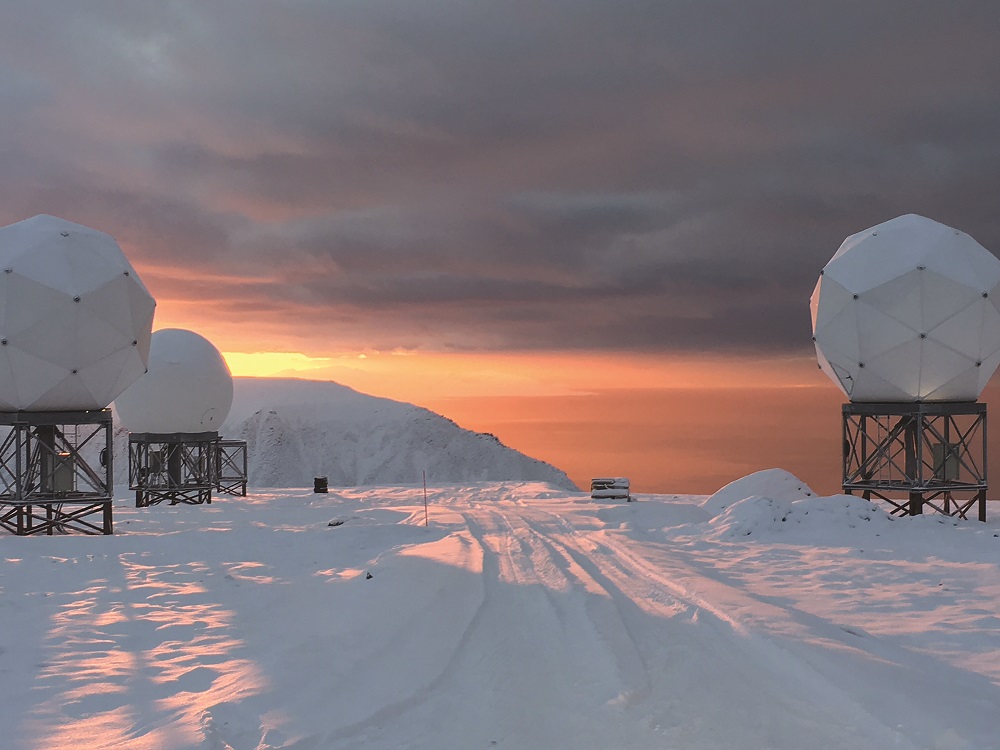The White House on Oct. 7 released ‘The National Strategy for the Arctic Region’
WASHINGTON — An updated U.S. strategy for the Arctic the Biden administration released Oct. 7 predicts greater power competition in that part of the world, fueled by climate change and growing military activities.
The strategy updates the 2013 version, and lays out a 10-year plan “to position the United States to both effectively compete and manage tensions.”
The plan recommends investments in infrastructure to monitor the region and to improve connectivity, echoing topics raised by the Defense Department and the U.S. armed services in their own Arctic strategies.
The strategy suggests infrastructure improvements will require investments in space-based communications and Earth monitoring. U.S. defense officials have pointed out the value of space systems to support a region where there is sparse ground infrastructure.
“A deeper understanding of the Arctic operating environment is needed to inform real-time decision-making and respond to changing conditions,” says the U.S. strategy.
The strategy recommends investments in:
- Modernized domain awareness to detect and track potential airborne and maritime threats.
- Improved sensing and observational capabilities, including for sea ice, ship traffic and weather.
- Improved communications and positioning, navigation, and timing capabilities by developing communications and data networks capable of operating in the northern latitudes.
- Arctic observing, mapping, and charting; weather, water, and sea ice forecasting.
- Satellite coverage to enable efficient commerce and to ensure maritime and air safety.
The U.S. Arctic strategy is being released at a time when satellite operators are venturing into the Arctic to improve connectivity as the changing atmospheric and geopolitical climate drives demand for more bandwidth. There is also a growing commercial remote-sensing industry deploying constellations tailor-made to monitor climate change, including melting ice melting trends in the Arctic.
“The Arctic’s growing strategic importance has intensified competition to shape its future as countries pursue new economic interests and prepare for increased activity,” the strategy says.
It notes that Russia has invested significantly in its military presence in the Arctic over the last decade. It is modernizing its military bases and airfields; deploying new coastal and air defense missile systems and upgraded submarines; and increasing military exercises and training operations.
Russia is also building an economic infrastructure in its Arctic territories to develop hydrocarbons, minerals, and fisheries and is attempting to constrain freedom of navigation through its excessive maritime claims along the Northern Sea Route.
“Russia’s war in Ukraine has raised geopolitical tensions in the Arctic, as it has globally, creating new risks of unintended conflict and hindering cooperation,” the document says.
China, meanwhile, is seeking to increase its influence in the Arctic through economic, diplomatic, scientific, and military activities, says the strategy. China over the past decade “has doubled its investments, with a focus on critical mineral extraction; expanded its scientific activities; and used these scientific engagements to conduct dual-use research with intelligence or military applications in the Arctic.”
